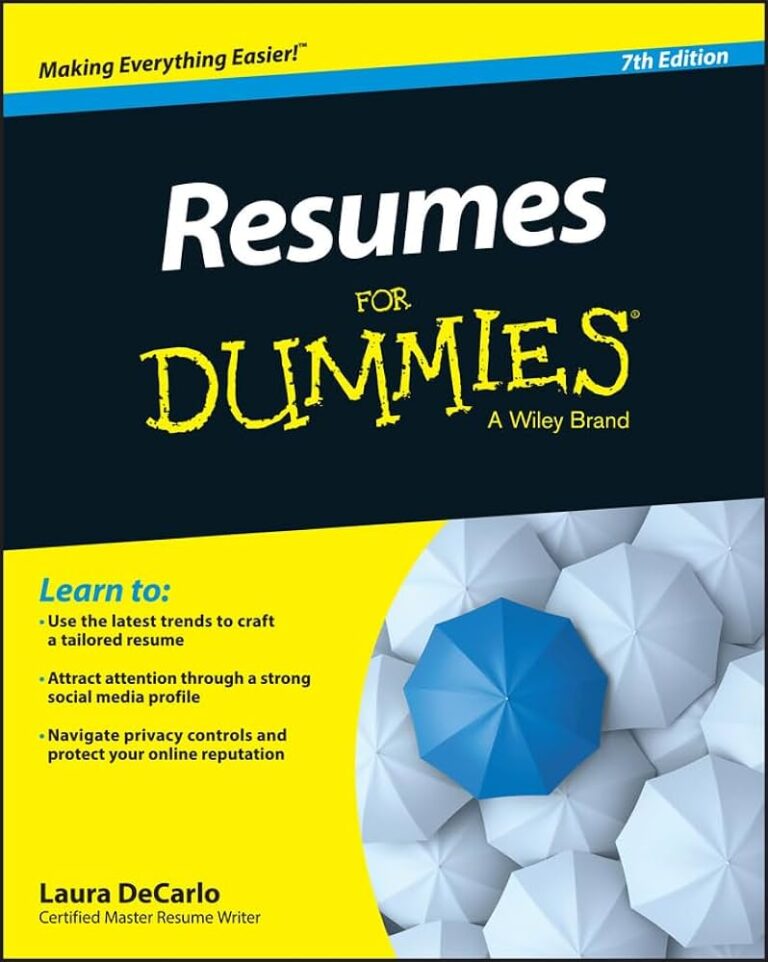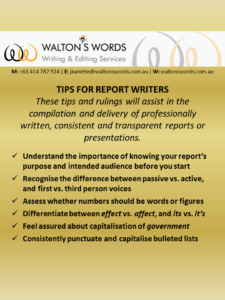Capitalisation can be fun, functional and effective for highlighting and emphasising important terms and names in a document. But it’s often way too easy to get carried away  with the shift key when deciding what’s worth capitalising.
with the shift key when deciding what’s worth capitalising.
Writing that overuses title case can become confusing to follow, and the importance of the capitalisation can also lose its impact. In addition, it generally gets tricky keeping track of what terms you’ve chosen to capitalise, meaning there’s often inconsistency with respect to this.
When writing a document for others to read, where capitalisation’s playing a valuable part, it’s worth keeping in mind the following.
Is it specific enough? Really consider whether what you’re referring to is specific enough for title case. For instance, when talking about ‘general managers’ across the automobile industry, you’re not being specific enough to capitalise this job title. Plural also often indicates a more generic term.
How should headings be capitalised? A common inconsistency is capitalisation of headings. My general recommendation is to consistently use sentence case for most heading types and levels, where only the first word is capitalised. This also lessens the likelihood of incorrectly capitalising articles, prepositions and conjunctions.
What are articles, prepositions and conjunctions? These three word types are often the ‘glue’ that holds sentences together, and shouldn’t generally be capitalised.
- Articles generally precede a noun and include the, a and an.
- Prepositions also often lead and define nouns and include for, with and in.
- Conjunctions are like ‘middle words’ and include and, but and between.
Choosing to use sentence case headings means you don’t have to keep track of these non-capitalised words. The main exceptions are when they’re part of a specific brand name which capitalises them, or when writing more creatively.
What about document elements? No overriding rule on this one, but the norm is to use title case when referring to document elements, such as see Section 3.2. The exception to this is page number referrals (e.g. go to page 20). Most importantly, keep this consistent across the document.
So I hope this makes some of the reasons and recommendations on general capitalisation a little clearer. It’s fun to be in control of the shift key when writing, but we should all probably keep one foot on the brake to avoid capitalisation roadkill.
____________________________________________________________________________
Here at Walton’s Words we’ve edited and proofread many documents involving inconsistent and/or misused capitalisation. Drop us a line or give us a call if you have a piece of writing that could do with a second set of eyes to help ensure professionalism and reader engagement.



